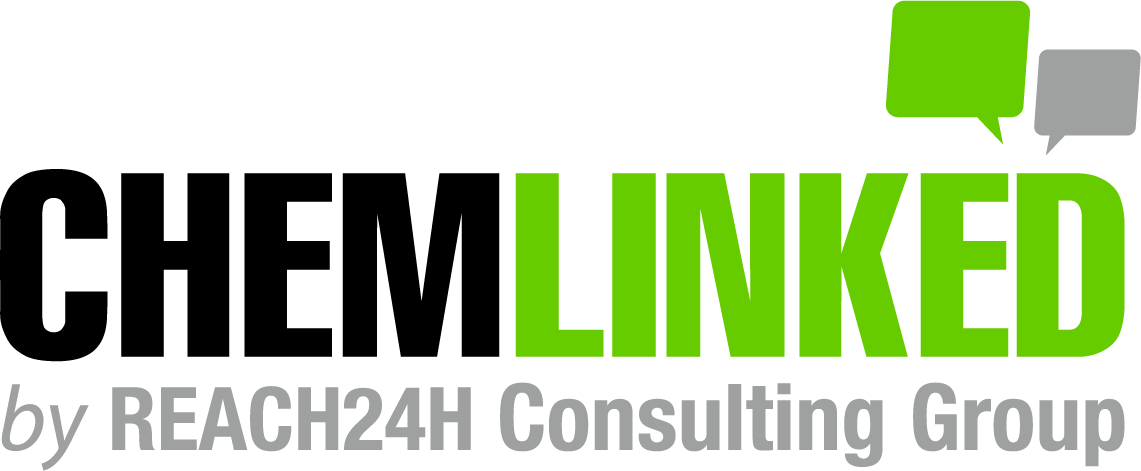K-BPR= Product of Risk Concern under K-REACH+EU BPR
Biocidal active substances and biocidal products previously notified to the MoE can still be marketed for up to 10 years;
All existing biocidal substances and grace period are expected to be disclosed by 31 Dec 2019;
Market circulation of existing biocidal products using non-existing biocidal substance will be terminated by January 2021;
Product of risk concern(now referred to as “Consumer Chemical Products”) will be additionally subject to safety confirmation testing at qualified labs every 3 years;
On 30 Mar 2018, Korea officially enacted the “ Law 15511-Act on the Safety Management of Household Chemical Products and Biocides(K-BPR) ”, which will take effect on 1st Jan 2019. The regulation majorly governs the labeling, approval, authorization and post-management of household chemical products, biocidal products and biocide-treated articles.
Consumer chemical products are defined as mixtures or articles, or part of mixtures or articles which may result in chemical exposure to end users. They used to be defined as “Product of Concern” under K-REACH: MoE defines the product scope and established corresponding safety and labeling standard. Manufacturers and importers of these products need to comply with the following requirements:
Restriction/ban: limit of restricted substances (banned ingredient) in final product
Labeling: the information to be included on product label
Package: child-resistant package will be required for specific condition
Since 2015, MoE has defined and established a series of standards of risk concern products: detergent, synthetic detergent, bleach, fabric softener, coating agent, ati-rust agent, antifouling agent, glue, air fresher, deodorant, tattoo dye, cloth dye, disinfectant, insect repellent, antiseptic, salt preparation(water purification and swimming pool agent), ink/toner, ironing aid, car washer fluid, niche filler, joint mixture, candle, dehumidizer, antifreeze agent. In this new enactment, these products are renamed as household chemical products and regulated under K-BPR. In addition to compliance with the safety and labelling standard and K-Reach registrations, MoE will define some of them as “consumer chemical product subject to safety confirmation” and confirmation tests at qualified labs will be additionally required every 3 years. .
Compared with household chemical products, biocides companies bear varied obligations depending on their product categories, which is defined and classified similarly based on EU biocidal product regulation (EU BPR). Conditions for exemption are explicitly excluded:
Type of Biocide under KBPR | Definition | Example |
Biocidal Active Substances | Chemical or nature substance or organism with specific function of inhibition, elimination and control of harmful living beings | s-methoprene |
Biocidal Products | End-use product that major function is to remove or control harmful living beings | Household insecticide, disinfectant |
Biocide-treated articles | that have been treated with or incorporate a biocidal product | antimicrobial textile
|
Below products are exempted from K-BPR:
| ||
Prior to the placing of biocidal products on Korean market, biocidal product and biocidal substance should be approved by MoE. Only biocidal products using approved biocidal substances can be utilized for treated articles and the chemical information should be kept available to the buyers. For treated articles with a biocidal claim, the information on biocidal product usage and potential risks should be included in the labels. Biocidal products that entered into the market prior to the enforcement need to notify circulation information to MoE and substances used in the products will then be desginated as "existing biocidal substance subject to grace period", which can be continuelly used in biocidal products without approval of substance during its grace period of up to 10 years. based on notified products, MoE will disclose the name and grace periods of all existing biocidal substance by 31st of Dec 2019. Biocidal products using non-existing biocidal substance will be removed from the market by 1 Jan 2021. Obligations of different companies in the supply chains are as follows:
Company | Obligation |
|
|
|
|
|
|
|
|




